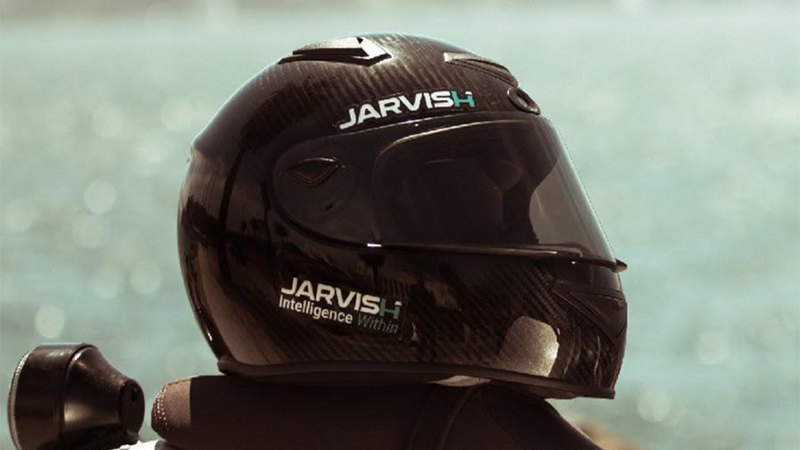When it comes to protecting your head during high-risk activities, helmets are indispensable. But what truly ensures that a helmet is safe and effective? The answer lies in rigorous safety standards that guide the design, testing, and certification of helmets worldwide. These standards are not arbitrary; they are grounded in science, engineering, and extensive testing. This article delves into the science behind helmet safety standards, explaining their importance, how they work, and what they mean for you as a consumer.
The Importance of Helmet Safety Standards
Helmet safety standards exist to ensure that helmets provide reliable protection against impacts, penetration, and other hazards. Without these guidelines, manufacturers could produce helmets with little to no assurance of their effectiveness, putting users at significant risk. Safety standards:
- Set Minimum Safety Benchmarks: They outline specific criteria a helmet must meet to be considered safe.
- Drive Innovation: Standards push manufacturers to adopt new materials and technologies to meet or exceed requirements.
- Build Consumer Confidence: Certifications provide assurance that a helmet has been tested and proven to offer adequate protection.
Key Components of Helmet Safety
To understand the science behind helmet standards, it’s essential to know what aspects of safety are tested and evaluated. These include:
1. Impact Resistance
Impact resistance is the most critical function of a helmet. During an accident, a helmet must absorb and dissipate the energy from a collision to minimize brain injury. This is achieved through:
- Outer Shell: Made from materials like polycarbonate or fiberglass, the shell distributes the force of an impact over a larger area.
- Inner Liner: Typically made of expanded polystyrene (EPS) foam, the liner absorbs and reduces the energy transmitted to the skull.

2. Penetration Resistance
Helmets must protect against sharp objects that could pierce through the shell. Standards require testing with pointed objects dropped at high speeds to ensure the shell’s integrity under extreme conditions.
3. Retention System Strength
The retention system (chin strap and buckles) must hold the helmet securely in place during an impact. Tests ensure that straps do not break or stretch excessively under force, preventing the helmet from coming off during an accident.
4. Peripheral Vision
For activities like motorcycling or cycling, helmets must allow a minimum field of vision. Standards ensure that helmets do not obstruct the rider’s ability to see peripherally, which is crucial for avoiding hazards.
5. Additional Safety Features
Some modern helmets include advanced features like Multi-directional Impact Protection System (MIPS) to reduce rotational forces or Koroyd materials for enhanced energy absorption. These features are often evaluated within specific standards.
Major Helmet Safety Standards Worldwide
Different countries and organizations have established helmet safety standards tailored to their unique needs. While the specific tests and criteria vary, the underlying principles remain consistent. Here are some of the most recognized standards:
DOT (Department of Transportation)
The DOT standard, used in the United States for motorcycle helmets, focuses on:
- Impact attenuation.
- Penetration resistance.
- Retention system effectiveness.
DOT testing is conducted using an anvil to simulate real-world impacts. Helmets must pass these tests to be legally sold as motorcycle helmets in the U.S.
ECE (Economic Commission for Europe)
ECE 22.06 is a globally recognized standard that applies to motorcycle helmets. It involves:
- Testing at multiple impact points.
- Evaluating helmet performance at various speeds.
- Checking features like visor durability and shell deformation.
The ECE standard is more rigorous than DOT, requiring independent testing by certified labs.
Snell Memorial Foundation
The Snell standard is considered one of the most stringent for motorcycle and racing helmets. Snell-certified helmets must:
- Withstand multiple impacts at higher speeds.
- Pass penetration tests using sharp objects.
- Demonstrate superior retention system strength.
CPSC (Consumer Product Safety Commission)
The CPSC standard applies to bicycle helmets in the U.S. It ensures:
- Impact resistance from falls and collisions.
- Ventilation without compromising structural integrity.
- Lightweight design for comfort during extended use.
MIPS (Multi-directional Impact Protection System)
Although not a standard, MIPS is an advanced technology integrated into helmets to reduce rotational forces during angled impacts. Helmets with MIPS undergo additional testing to validate their effectiveness.
The Testing Process
Safety standards rely on rigorous testing protocols to evaluate helmet performance. These tests simulate real-world scenarios to ensure helmets perform under various conditions. Common tests include:

Drop Tests
Helmets are dropped onto surfaces like flat anvils or curbstones from predetermined heights. Sensors measure the force transmitted through the helmet to assess impact absorption.
Penetration Tests
Pointed objects are dropped onto the helmet at high speeds to test resistance against punctures. The helmet must prevent the object from reaching the headform inside.
Retention System Tests
Straps and buckles are subjected to tensile forces to ensure they remain secure under stress. This prevents the helmet from detaching during accidents.
Environmental Tests
Helmets are exposed to extreme temperatures, humidity, and UV light to evaluate their durability and performance in diverse conditions.
Advances in Helmet Safety Technology
Helmet safety standards evolve alongside advancements in materials and design. Some cutting-edge innovations include:
- Koroyd Technology: Uses a honeycomb-like structure to absorb impact forces more efficiently than traditional EPS foam.
- MIPS: Reduces rotational forces by allowing the helmet liner to move independently of the shell during angled impacts.
- Smart Helmets: Incorporate sensors to detect crashes and send emergency alerts, enhancing post-accident safety.
What These Standards Mean for Consumers
As a consumer, understanding helmet safety standards empowers you to make informed decisions. Here’s how these standards benefit you:
- Confidence in Safety: A certified helmet guarantees a baseline level of protection.
- Improved Performance: Features like ventilation, comfort, and visibility are often evaluated within standards.
- Wide Range of Choices: With numerous certified helmets available, you can select one tailored to your specific activity and budget.
Choosing the Right Certified Helmet
When purchasing a helmet, consider the following:
- Intended Use: Different standards apply to motorcycle, cycling, or multi-sport helmets.
- Fit and Comfort: A well-fitting helmet enhances safety and usability.
- Reputable Brands: Established manufacturers often adhere strictly to safety standards.
- Additional Features: Look for innovations like MIPS or smart technology for enhanced protection.

Conclusion
Helmet safety standards are the backbone of protective headgear, ensuring reliability and performance in critical situations. By understanding the science behind these standards, you can make smarter choices when selecting a helmet. Remember, a certified helmet is not just a purchase; it’s an investment in your safety and peace of mind. Always prioritize quality and certification to protect yourself during every ride or activity.


